Pekka Buttler – July 2025
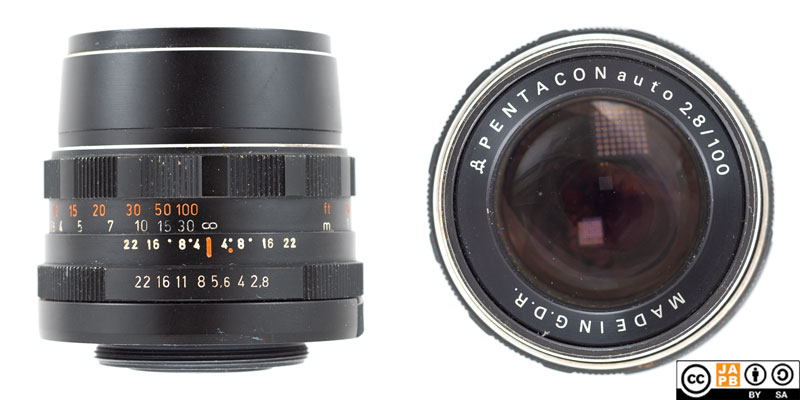
[Cover image: taken at f/4, 1/320 s, ISO100]
The lens’ data sheet is available here.
The Pentacon auto 100 mm f/2.8 is basically the same lens as the Meyer-Optik Görlitz Orestor 100 mm f/2.8. Meyer-Optik was merged into VEB Pentacon in the late 1960s, after which a majority of Meyer-Optik’s lens catalog was made available under the Pentacon name.
A 100/2.8?
Today you typically find 100 mm f/2.8 lenses being used as basis for macro lenses, but this 100 mm f/2.8 it not a macro lens. Instead it is a moderately fast short tele lens.
While 100 f/2.8 non-macro lenses are a rarity today, they were a relatively typical sight in the 1960s and even 1970s, with several manufacturers (Canon, Fuji, Konica, Leica, Mamiya, Meyer-Optik, Minolta, Nikon, Olympus, Pentacon, Pentax, Topcon, and Yashica as well as several 3rd party manufacturers) producing lenses in the 100-105 mm and f/2.5-2.8 range.
While the 100/2.8 design can be seen and (as arguably is the case) has been seen as an unnecessary intermediate solution (between 85/1.8 and 135/2.8 lenses), these designs carry the advantage of being smaller, lighter and more affordable than either alternative.
In the case of this lens, Pentacon inherited this design from Meyer-Optik in 1969, and they kept it in the lens lineup for some years, but eventually discontinued it. They did however not discontinue the bigger brother (the Pentacon 135/2.8 which was based on the Meyer-Optik Orestor 135/2.8), which remained in production to the bitter end. The discontinuation of the 100/2.8 left a gaping hole as the only other East German lens that covered the 50-135 mm gap was the Carl Zeiss Jena Pancolar 80 mm f/1.8 (which can under no circumstances be seen as a lens intended for mass markets).
Ergonomics
We need to start with a few words about variants:
My sample of the Pentacon 100/2.8 is the M42 ‘auto’ variant. There were however two other variants as well:
• First, there was also an M42 ‘electric’ variant intended for use with those Pentacon/Praktica cameras that supported communicating the selected aperture electronically.
• Second, there was a variant made for the Exakta RTL 1000 camera that used an Exakta mount but its auto aperture mechanism was designed to work only on the Exakta RTL 1000 (see more on that variant of the Exakta mount here)
• Finally, the MOG Orestor 100/2.8 was also available using a preset aperture and while the Pentacon 100/2.8 was never officially offered using a preset aperture it is possible that some remaining parts stocks would have been sold with the Pentacon label.
Optically all four variants are identical.
If you have any of the M42 variants, whether you intend to use the lens adapted or on a non-Pentacon M42 mount film camera, the difference between the ‘auto’ and ‘electric’ lenses is inconsequential. Only should you intend to use the lens on an ‘electric’ Pentacon M42 camera does the difference matter1. The M42 preset variant has its fanbase due to a clickless aperture ring and a diaphragm that uses a high number of aperture blades. In terms of adapting to other cameras, this variant is likewise unproblematic.
Should you have the Exakta RTL version of the 100/2.8 Pentacon, I’d love to hear your experiences.
But now, back to my experiences about ergonomics:
The Pentacon auto 100/2.8 is an ‘auto-only’ M42 lens, meaning that it will only be stopped down through depressing the M42 stop-down pin (at the base of the lens’ mount) or pressing the depth-of-field preview button on the lens. In terms of adapting, this means that you will prefer to use a lens adapter that has an internal flange that will activate the stop-down pin2, as you will otherwise need to press the DOF preview button on the lens for every shot. On the other hand, lacking the ability to use the lens in manual mode does lead to the advantage that the lens does not have a human error-prone auto/manual aperture switch.
Notwithstanding the fact that mounting/dismounting M42 lenses is relatively more time-consuming than any bayonet or breech-lock mount, the M42 mount does have some advantages: Its longish flange focal distance allows seamless adapting to a wide range of SLR and dSLR mounts and adapters are easily available for various mounts and systems.
At slightly under 300 grams and with a total length of ≈58 millimetres, the Pentacon 100 mm f/2.8 is small for a tele lens. Granted, it is not as small as the 100/2.8 lenses from Nikon or Olympus, but the point is that it is smaller than any contemporary 85/1.8 or 135/2.8 designs.
I personally am not a fan of the lens’ somewhat conical shape (narrower at the front than at the base) as I would prefer lenses to have a more cylindrical shape, but YMMV.
The lens has a metal focusing ring that is both rather narrow and without a pronouced shape (no ridges and valleys here). While the focusing ring is decently grippy, I cannot help but see this as a deterioration compared to earlier ‘zebra’ lenses and I would certainly have preferred the focus ring to have been more broad. While this walk-around was conducted in summer time, I simulated using the lens with fleece gloves, and while it is possible to ‘feel’ where the focus ring is, this lens is likely not a joy to use in winter.
That said, the focus ring is a usability marvel compared to the aperture ring. The aperture ring sits flush with the lens’ base, meaning that the grip area of the aperture ring actually is a bit recessed in relation to the base of the lens. As the aperture ring is only ≈ 6 mm broad, and its clicks are rather weak3, I was constantly trying to feel and count the faint clicks (some of the aperture values in the images in the gallery below may be off by half a stop or so). Somehow the image which constantly came to my mind while shooting was of a stereotypical safe cracker trying to hear or feel faint echoes when they turn a combination dial…
In sum, the lens does not feel like a joy to handle. Granted, it mostly did what I expected of it, but its control rings did not ooze confidence. As a result, I several times removed the camera from my eyes to check my control rings (which is something I want to avoid).
Setting up the walk…
All the images in this walk-around have been taken on the 10th of July 2025 in Helsinki. The first batch of pictures are from around a children’s playground known as ‘Lohikäärmepuisto’ (dragon park) in Vuosaari taken between 09:30 and 10:50. I had a jolly time trying to take sample pictures while simultaneously avoiding pointing the camera in the direction of children.
The second batch are from around ‘Sammonpuistikko’ in the city centre (taken between 13:30 and 14:00).
I did this walk-around using my Sony ⍺7R2, a Neewer M42–>Sony FE adapter, and the Pentacon Auto 100 mm f/2.8 lens.
All shots in RAW, handheld with IBIS on. Edit in post: ACR default conversion only4, straighten, resize to 2k, save as JPEG quality 60. Unless stated differently: all images at ISO100.
Images and commentary
Almost all lenses are softer wide open than stopped down. So too the Pentacon 100 mm f/2.8, but … less than you might think.
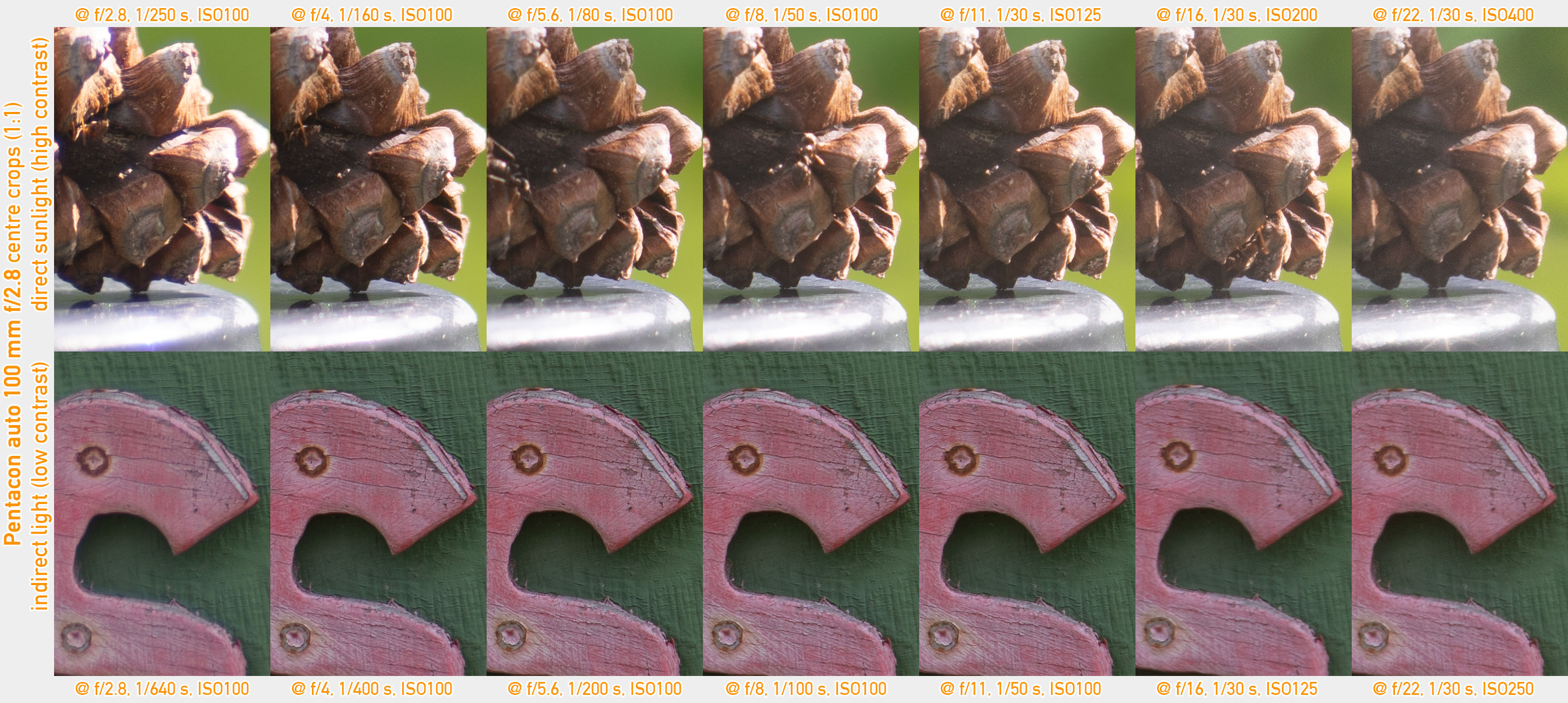
(Open image in new tab for larger version)
Looking first at the bottom row, it is interesting to see that the sharpness is essentially perfect already at f/4.
f/2.8 is a bit soft (but not badly so), and there is a minuscule improvement going from f/4 to f/5.6, but in most cases you will rather want the higher shutter speed or lower sensitivity than the added resolving power). f/5.6 and f/8 are indistinguishable. Then diffraction sets in and f/11 is already a bit weaker than f/4; f/16 is on par with f/2.8; and f/22 is worst of all.
It is also worth to note that the wide-open softness in the Pentacon auto 100/2.8 is due in part to a loss of contrast, and not only a loss of definition (please see the JAPB article on sharpness and how it has two components: definition and contrast). Why is this distinction important? In short because contrast can be easily boosted in post-production (your image editor’s dehaze function is key here), whereas the same does not apply to definition. In effect, you can find added sharpness in wide open images, assuming you know how to operate in post.
In the high-contrast situation the story is clearly different. Here it is clear that the Pentacon auto 100/2.8 has a tendency toward longitudinal chromatic aberrations and that these – in high-contrast situations – have the ability to detrimentally affect sharpness. Also here f/4 is significantly better than f/2.8, but the difference (due to the purple fringing) is significantly greater. Between f/4 and f/8 the behaviour is largely the same as in the low-contrast situation (f/5.6 and f/8 are equally good and just a tad better than f/4) and at f/11 diffraction starts eating into sharpness, except …
Here, from f/16 onward there is an added loss of contrast that cannot be explained only through diffraction. On close inspection it seems that the Pentacon auto 100/2.8 also suffers (albeit mildly) from a phenomenon known as atypical ghosts (ghosting caused by internal reflections in the lens) (see below)

Lighter, lower-contrast area in middle of image is the result of atypical ghosting (a relatively mild case).
(Open image in new tab for larger version)
The Pentacon auto 100 mm f/2.8 does have vignetting wide open (f/2.8), but it does not seem to be worse than vignetting tends to be. At f/4 the vignetting only affects the absolute corners and by f/5.6 vignetting is essentially gone.
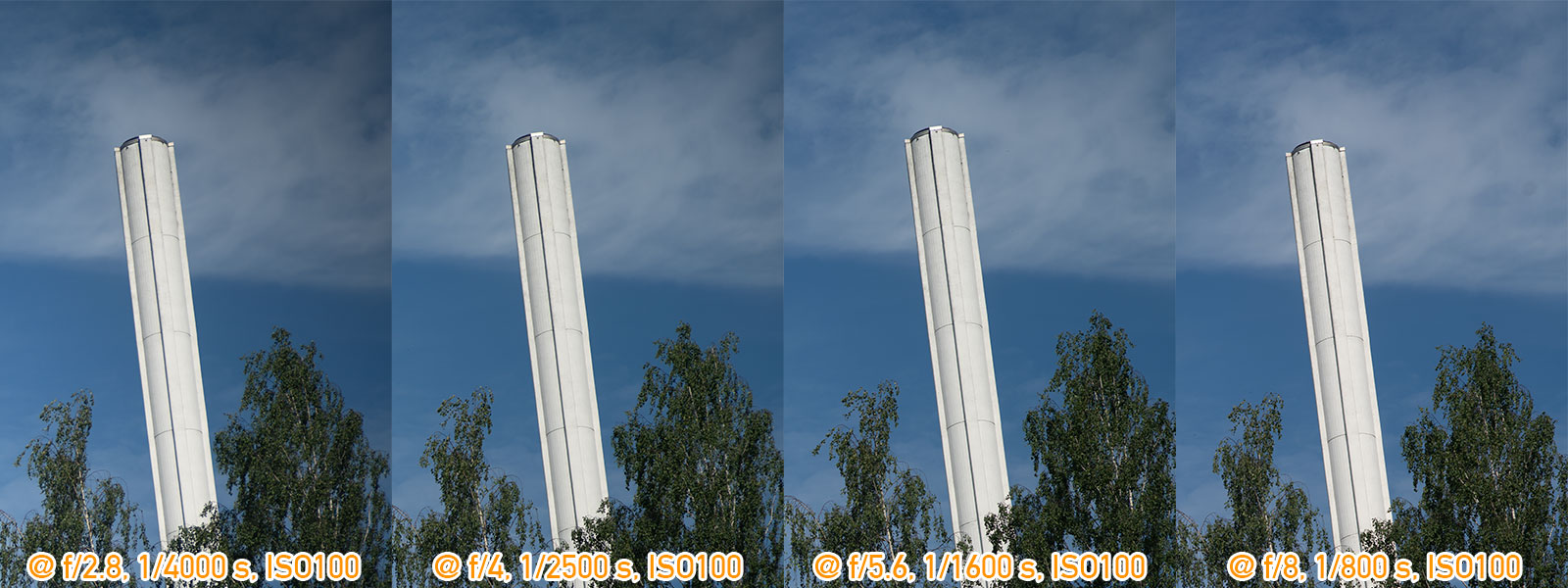
(Open image in new tab for larger version)
Field curvature does not seem to be a field-relevant issue with the Pentacon auto 100 mm f/2.8. Wide open it is discernible that the field of sharpness is not entirely flat (the field curves away at the edges by a few centimetres), but this is not really an issue as the added depth of field gained by stopping down to f/8 already results in a corner-to-corner sharp result.
Importantly, this lens is not a multicoated lens, and with its original design harkening back to the early 60s, one could expect the lens to struggle with veiling flare or ghosting. And indeed you can get the lens to show some considerable veiling flare if you try to produce it, but at the same time the lens’ performance is surprisingly flare-resistant.
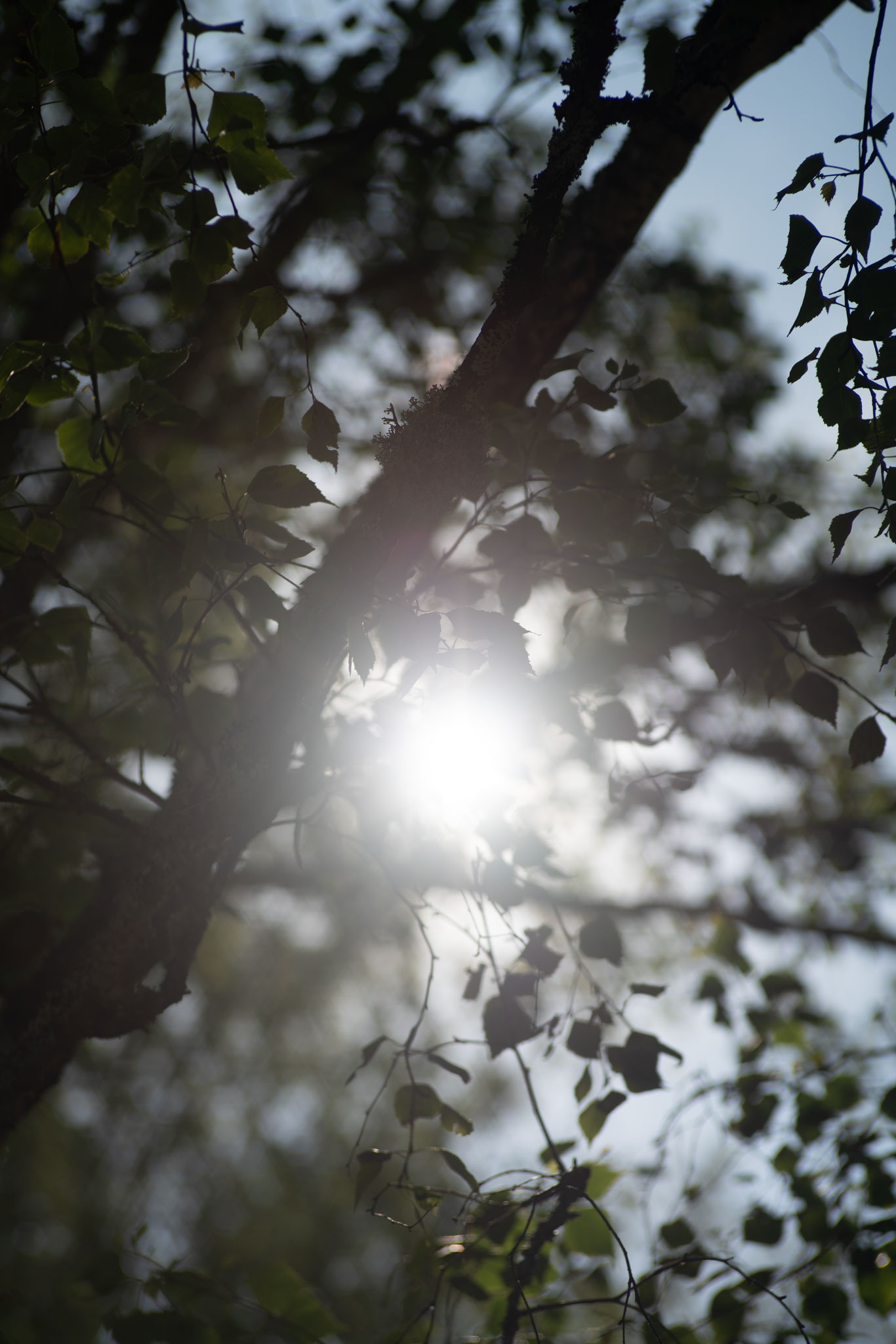
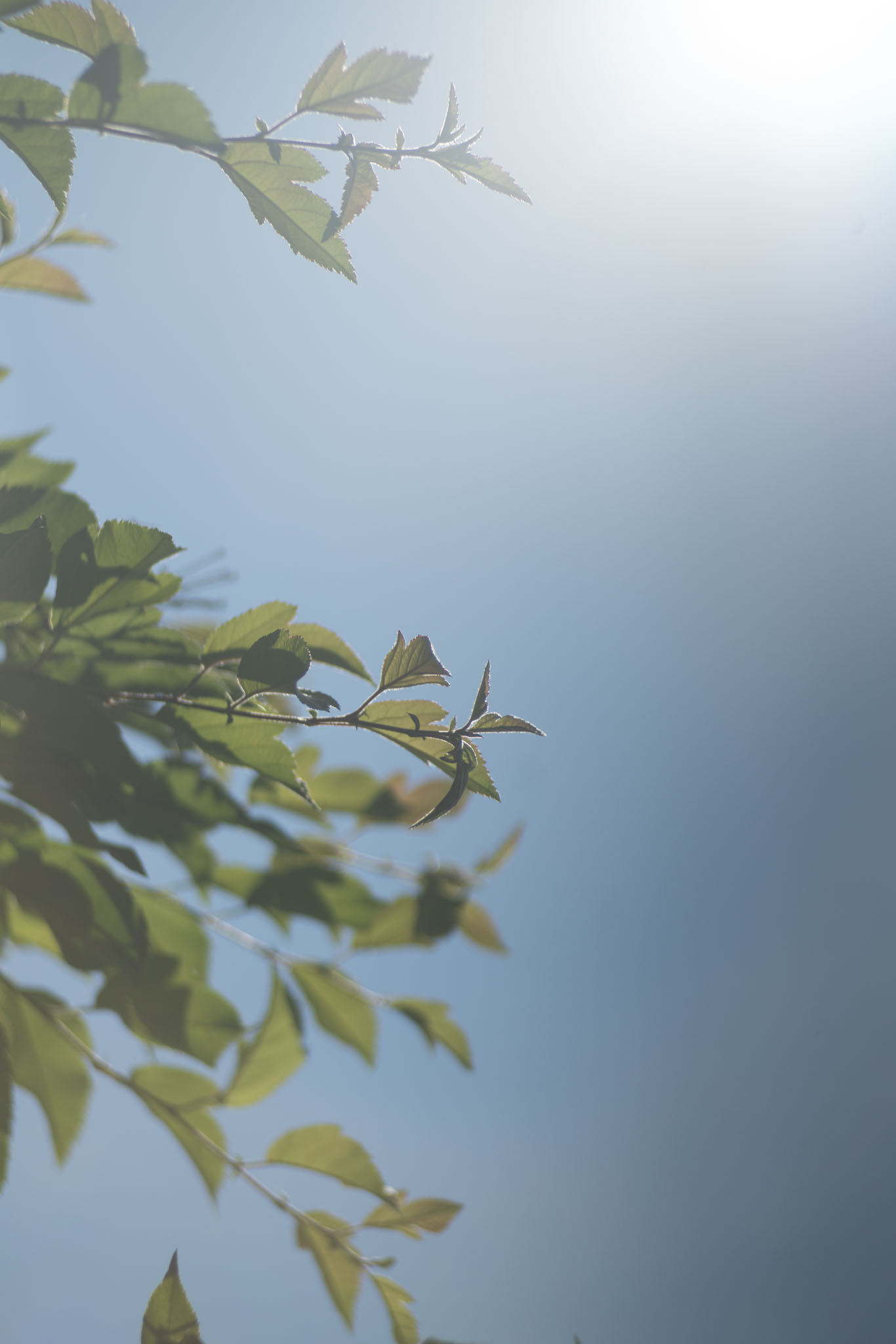
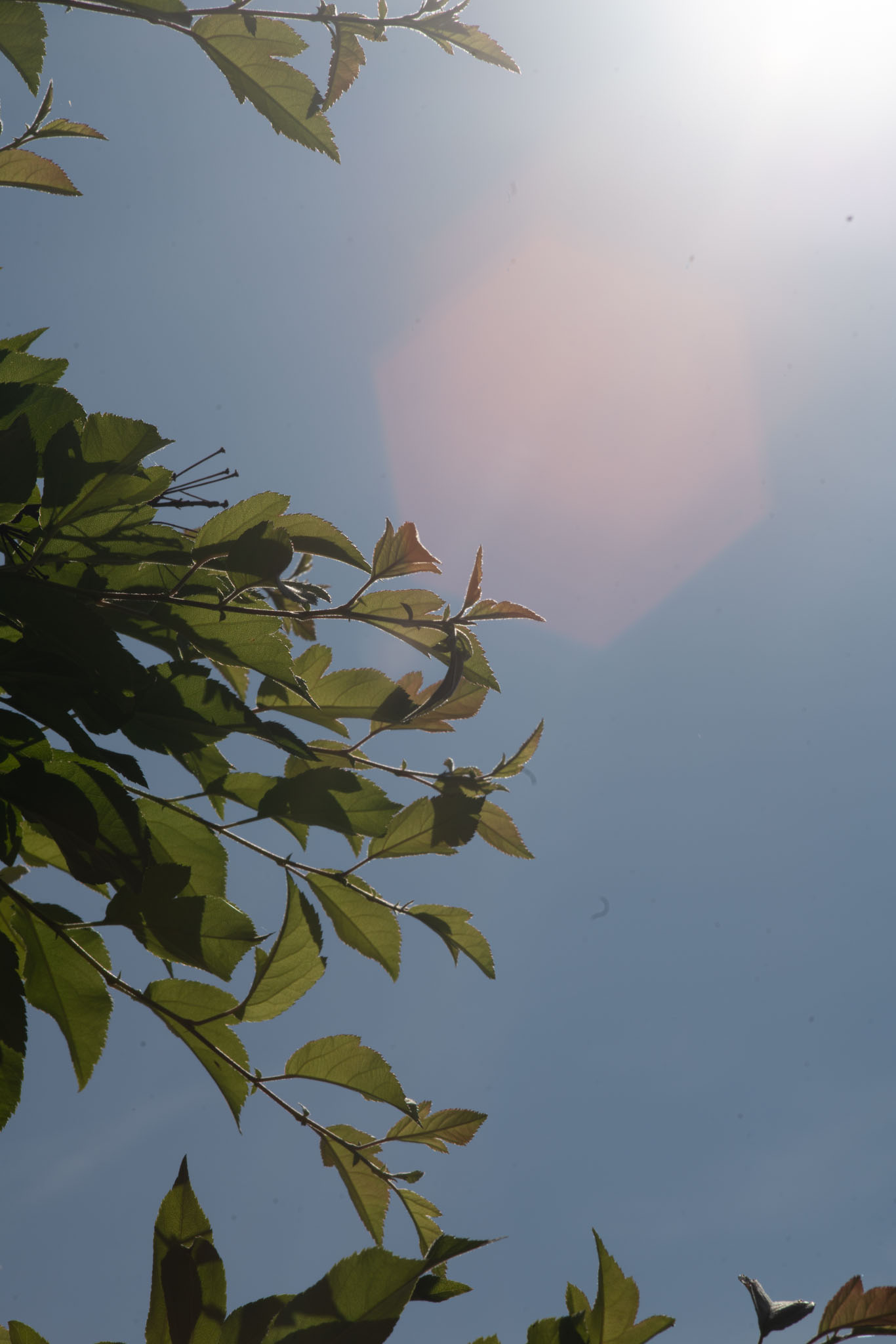
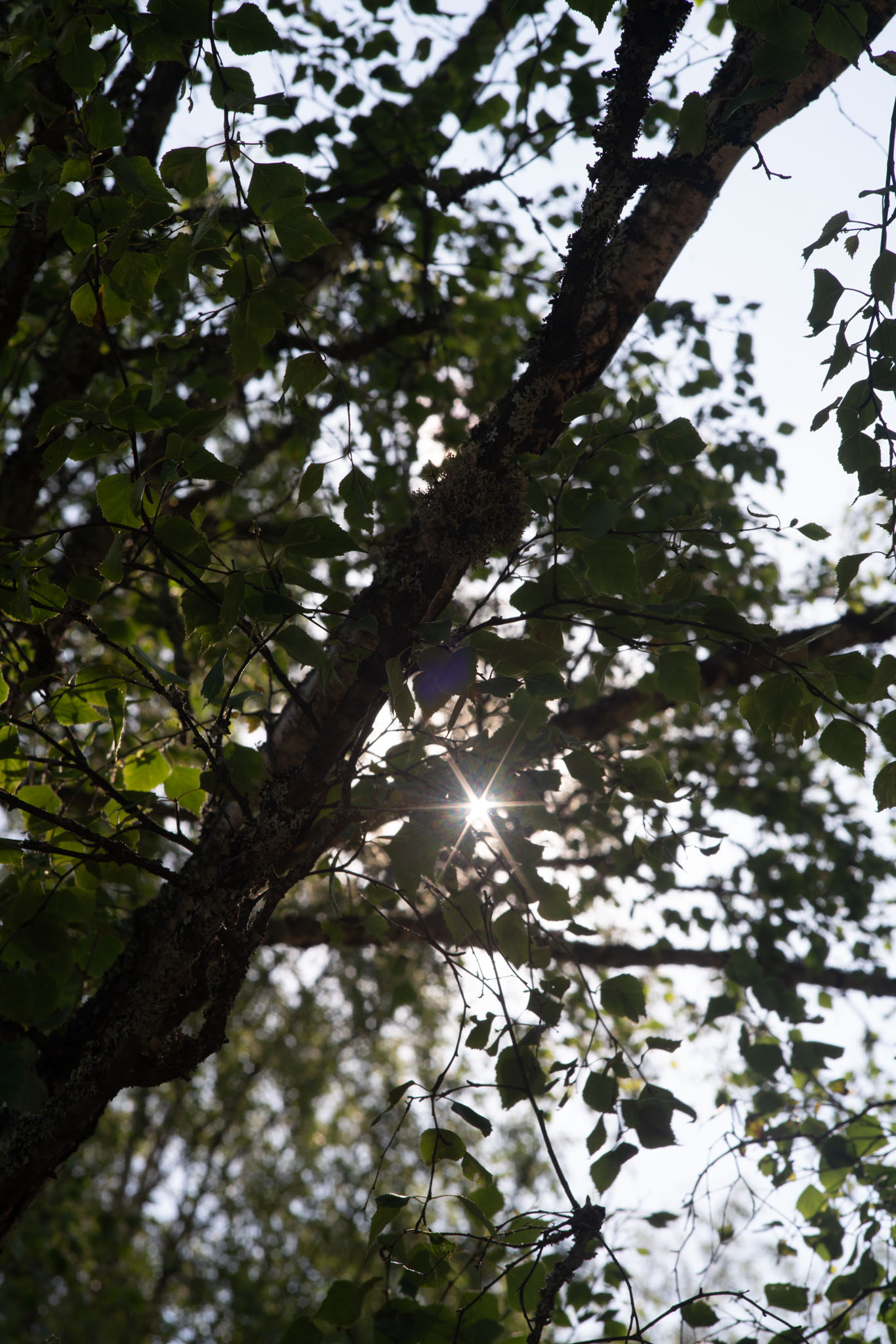
Being a short tele lens, you would not expect significant geometric distortions, but here the Pentacon surprises a bit and produces a rather obvious pincushion distortion. On the other hand, that distortion is not difficult to address (input -5 in ACR distortion correction).
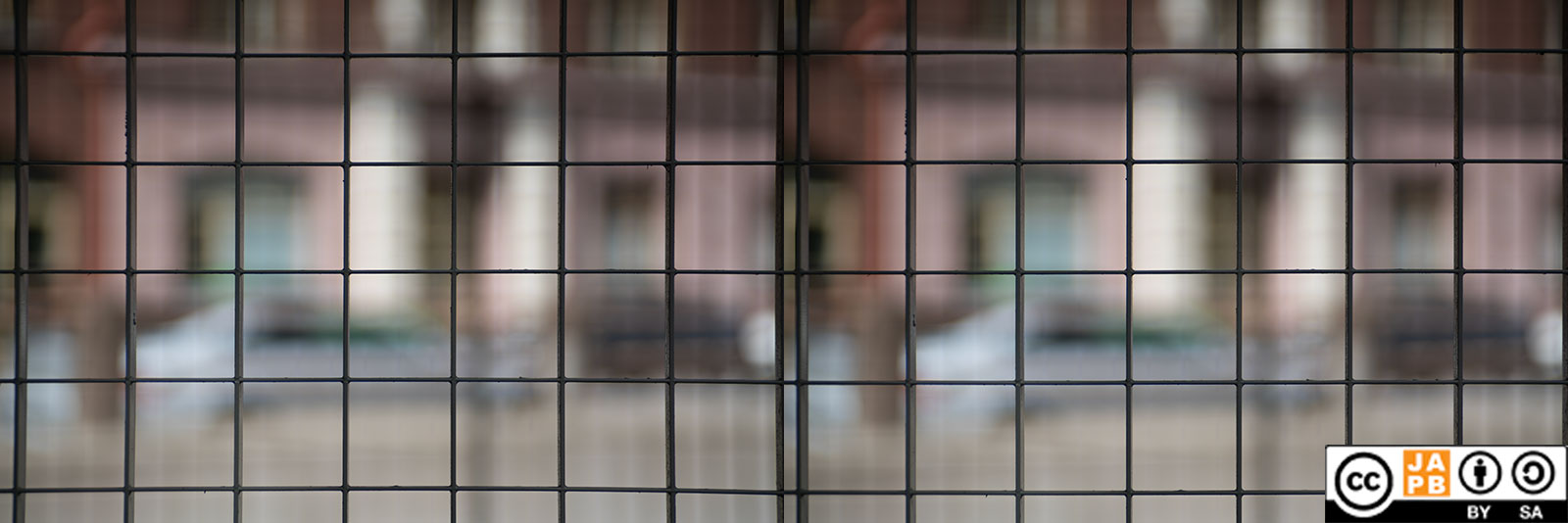
Left: distortion uncorrected.
Right: distortion corrected in post.
(Open image in new tab for larger version)
With an MFD of 108 cm this lens is not a macro lens. However an MFD of a bit over a metre for a 100 mm focal length lens is very much par for the course and allows for a decent range of use-cases.
Bokeh is notoriously subjective, so the best I can say is that I generally find the Bokeh to be rather splendid. The lens’ colour balance is quite neutral.
I have not yet taken any shots of starlit skies, so I cannot comment with any certainty on comatic aberration or astigmatism but I might report back.
In sum: While certainly not entirely without failings (Longitudinal chromatic aberrations wide open, geometric distortions, atypical ghosts in certain situations), this lens also has some clear strengths, most prominently its sharpness, bokeh (my opinion) and surprisingly good flare resistance. All in all it is another interesting representative of its class (100/2.8 lenses).
Interestingly the weaknesses of this Pentacon/MOG design are quite different from those of the Topcon.RE 100 mm f/2.8 (see that lens’ walk-around here), which just tells you that the devil is in the details.
Gallery
If you want to pixel peep the original RAW files, please get in touch or leave a comment.
All images ISO100 unless stated differently.
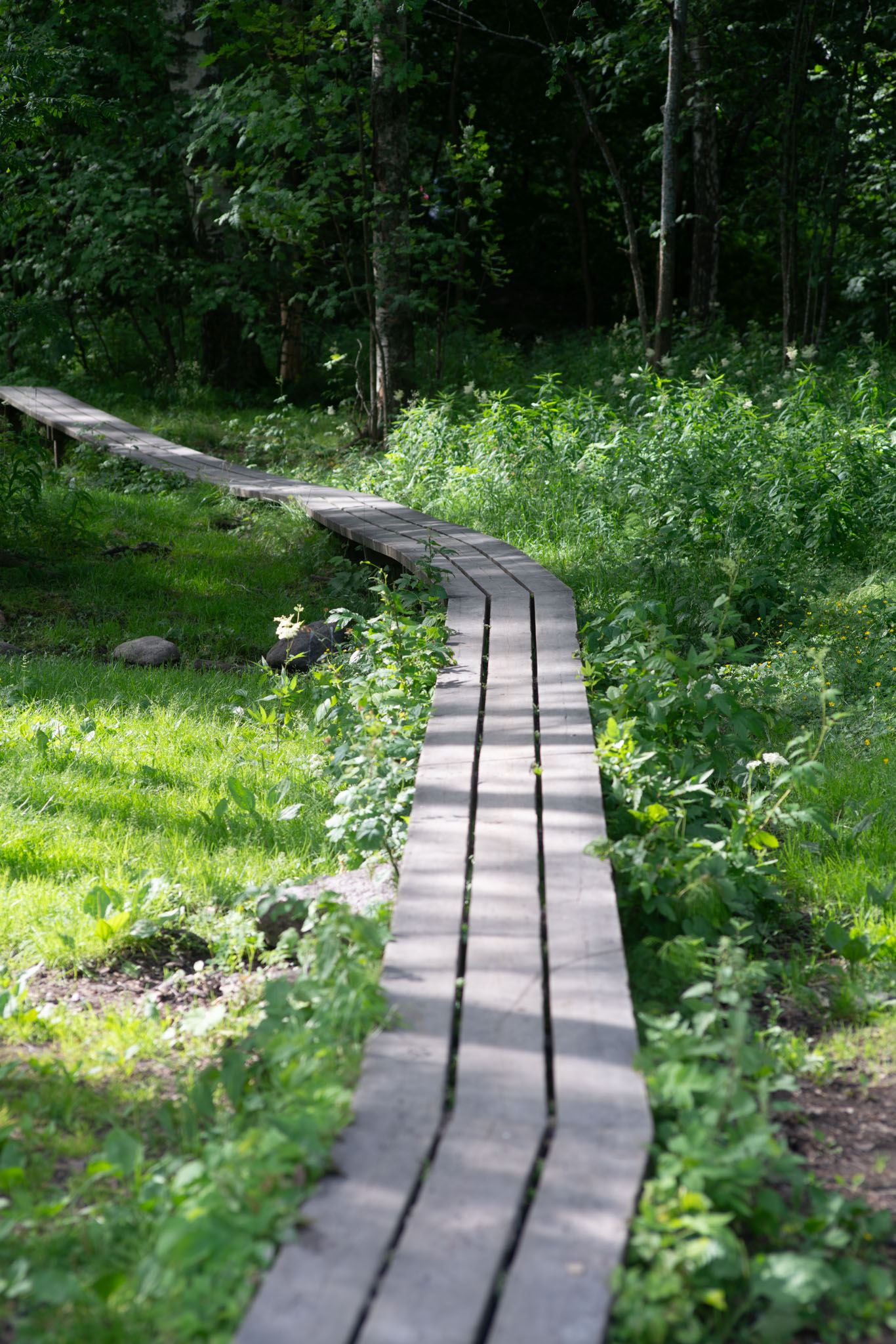
@ f/5.6, 1/125 s
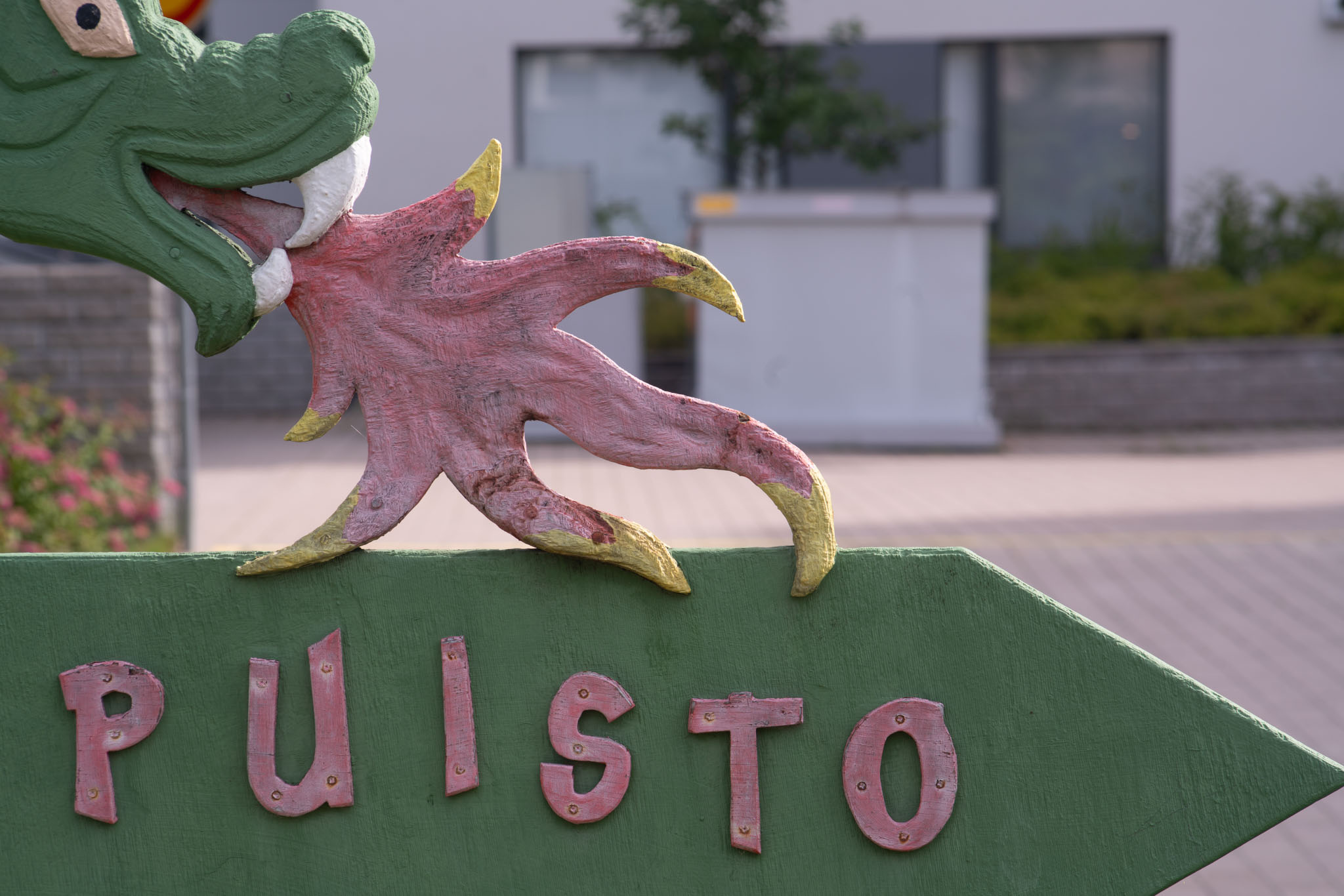
@ f/8, 1/125 s

@ f/2.8, 1/250 s

@ f/4, 1/160 s
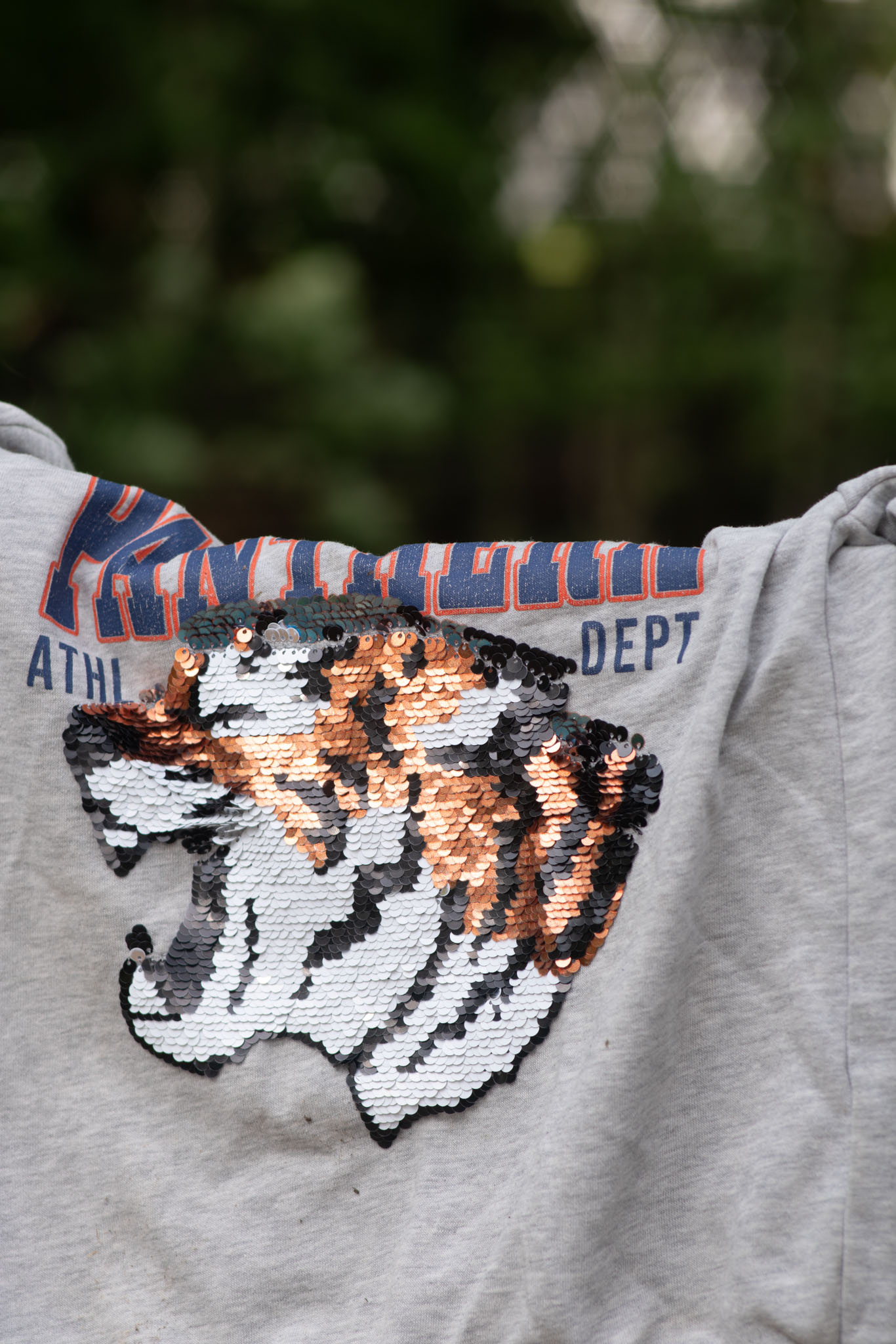
@ f/5.6, 1/200 s
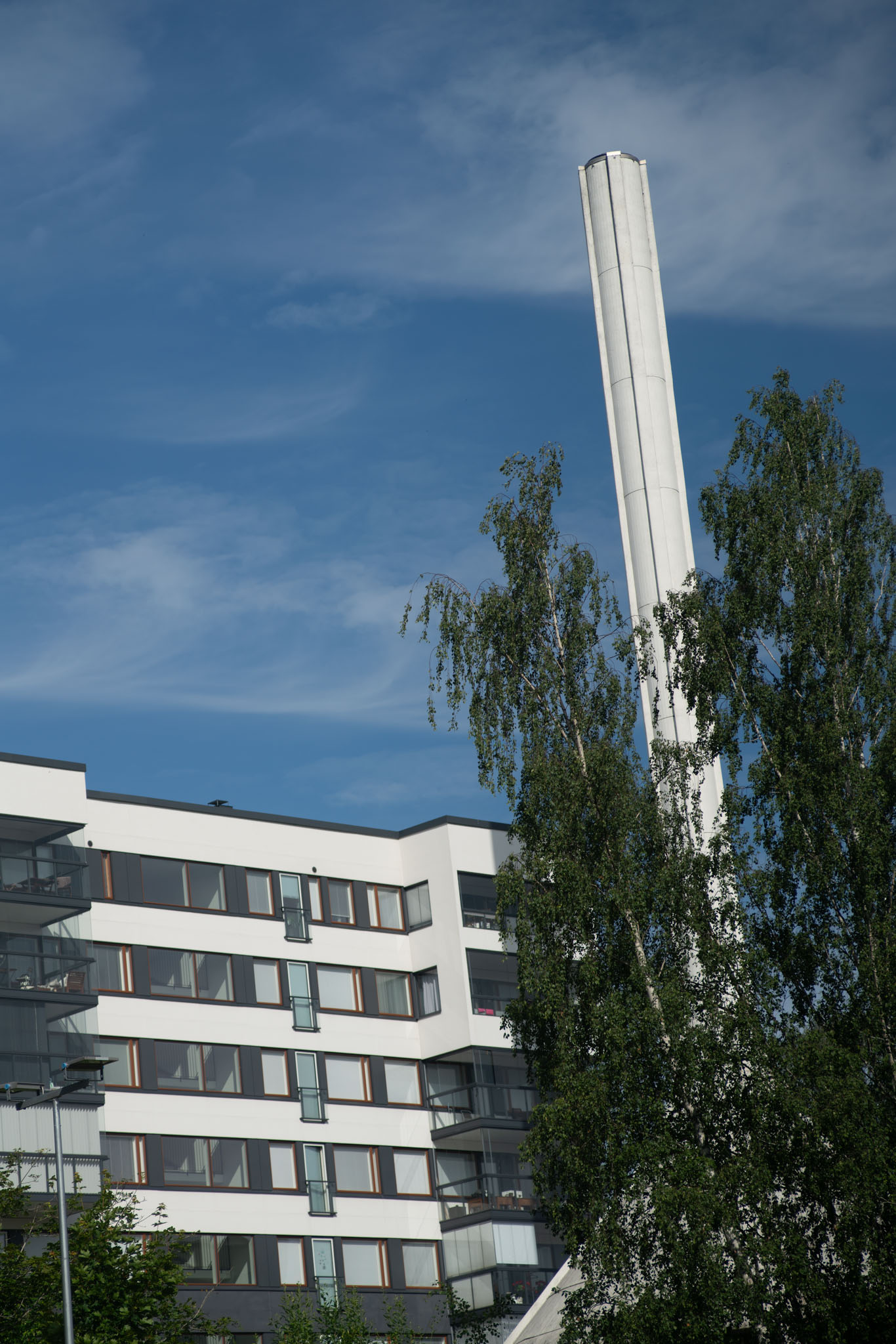
@ f/4, 1/2500 s
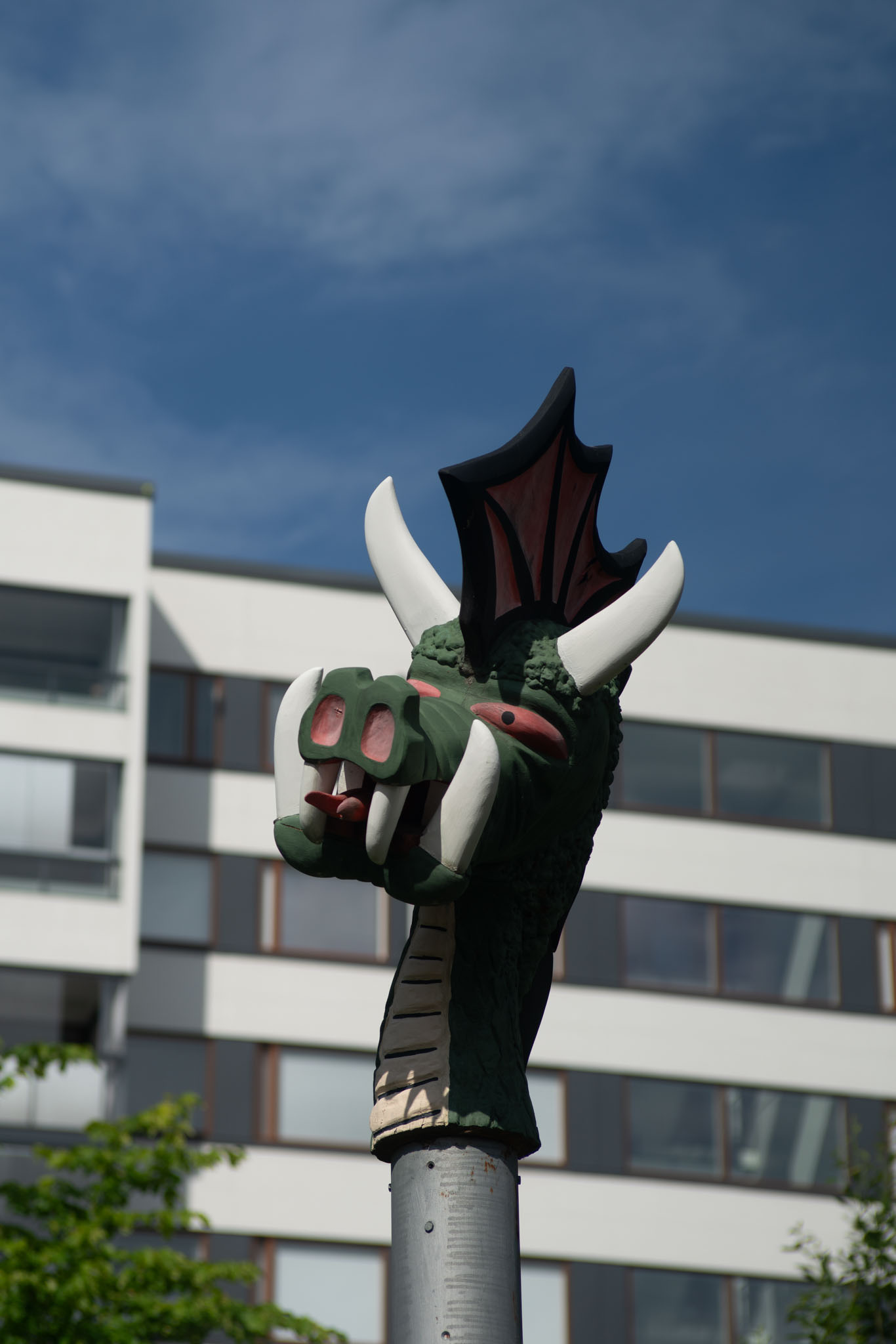
@ f/4, 1/2500 s
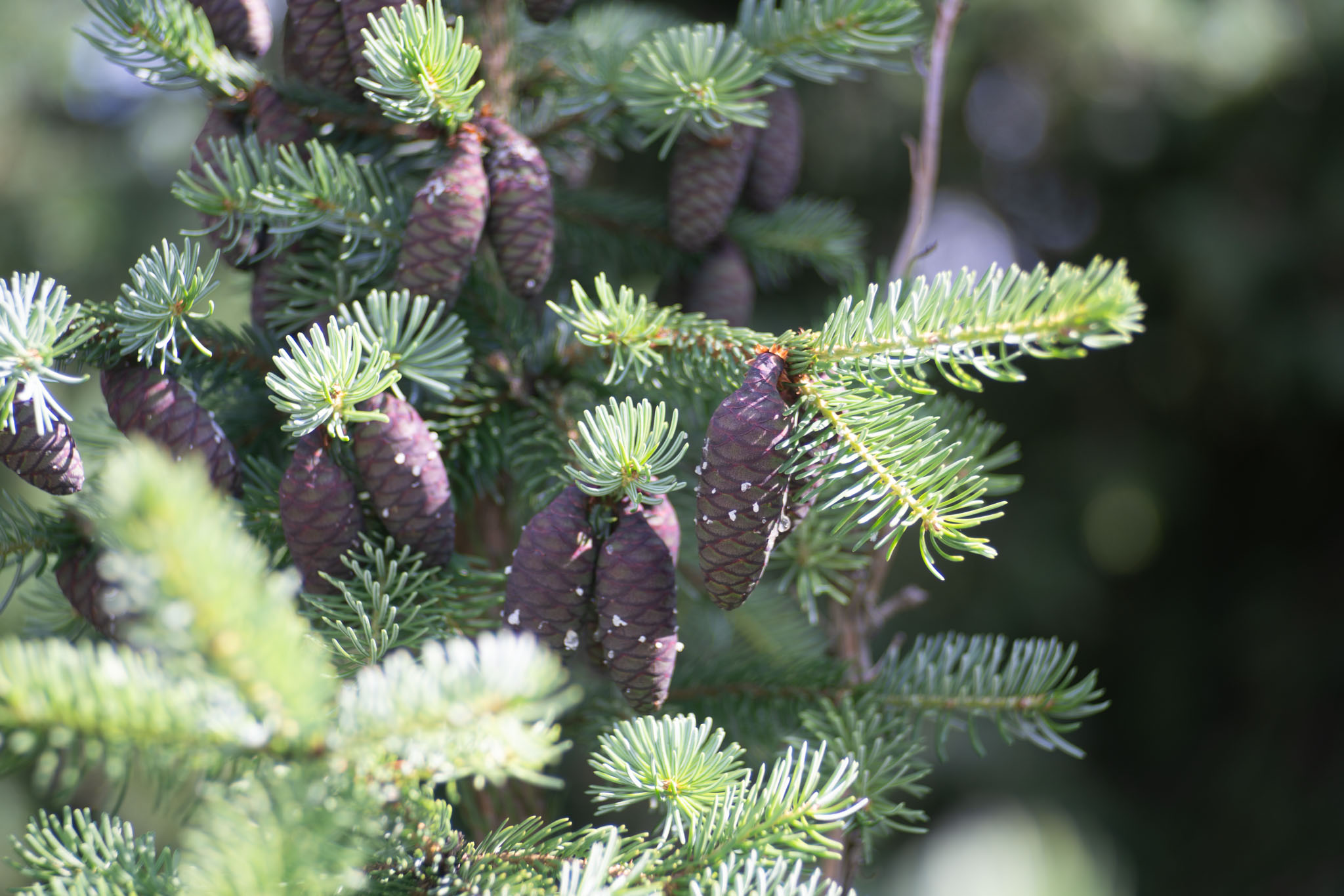
@ f/2.8, 1/200 s
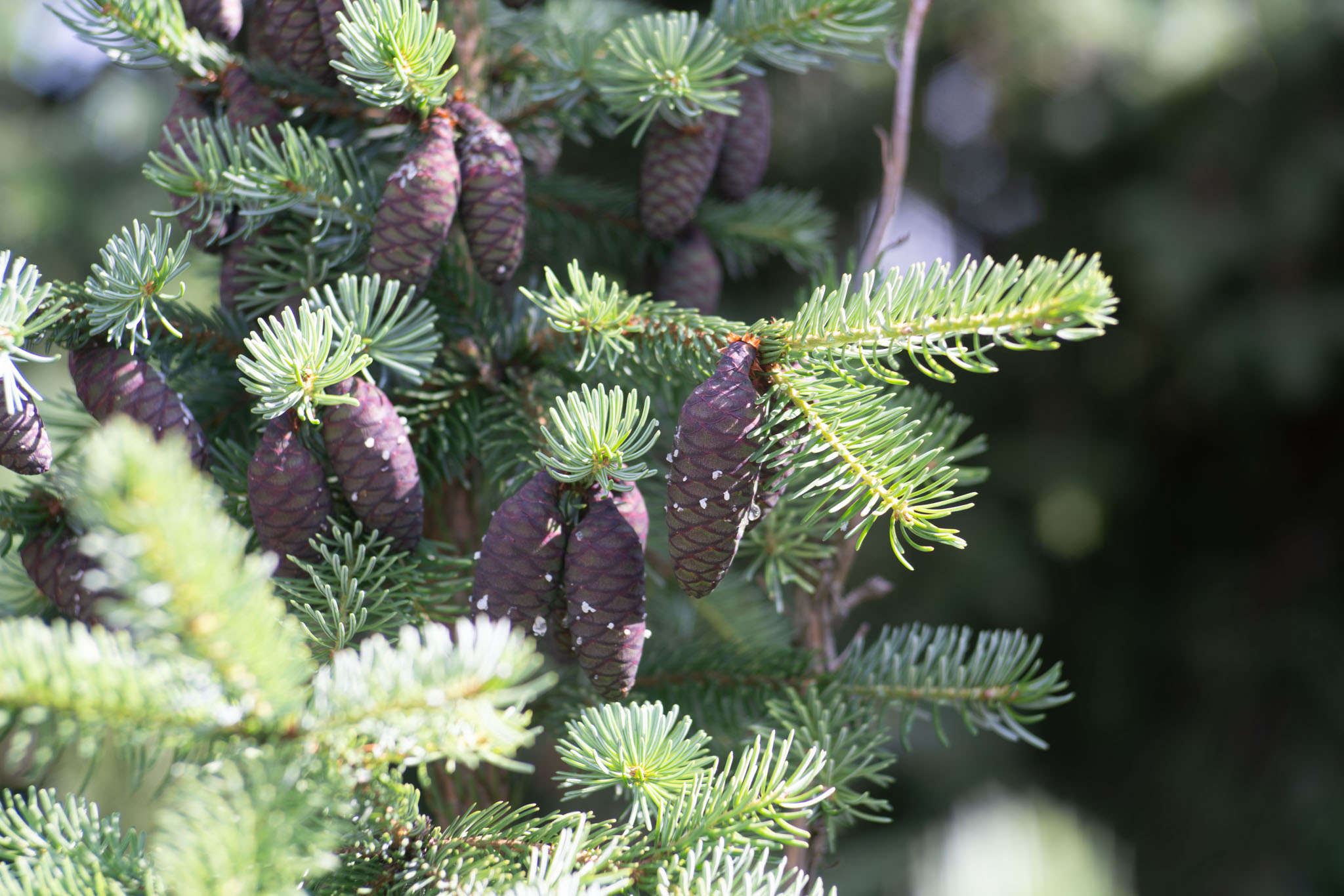
@ f/4, 1/100 s
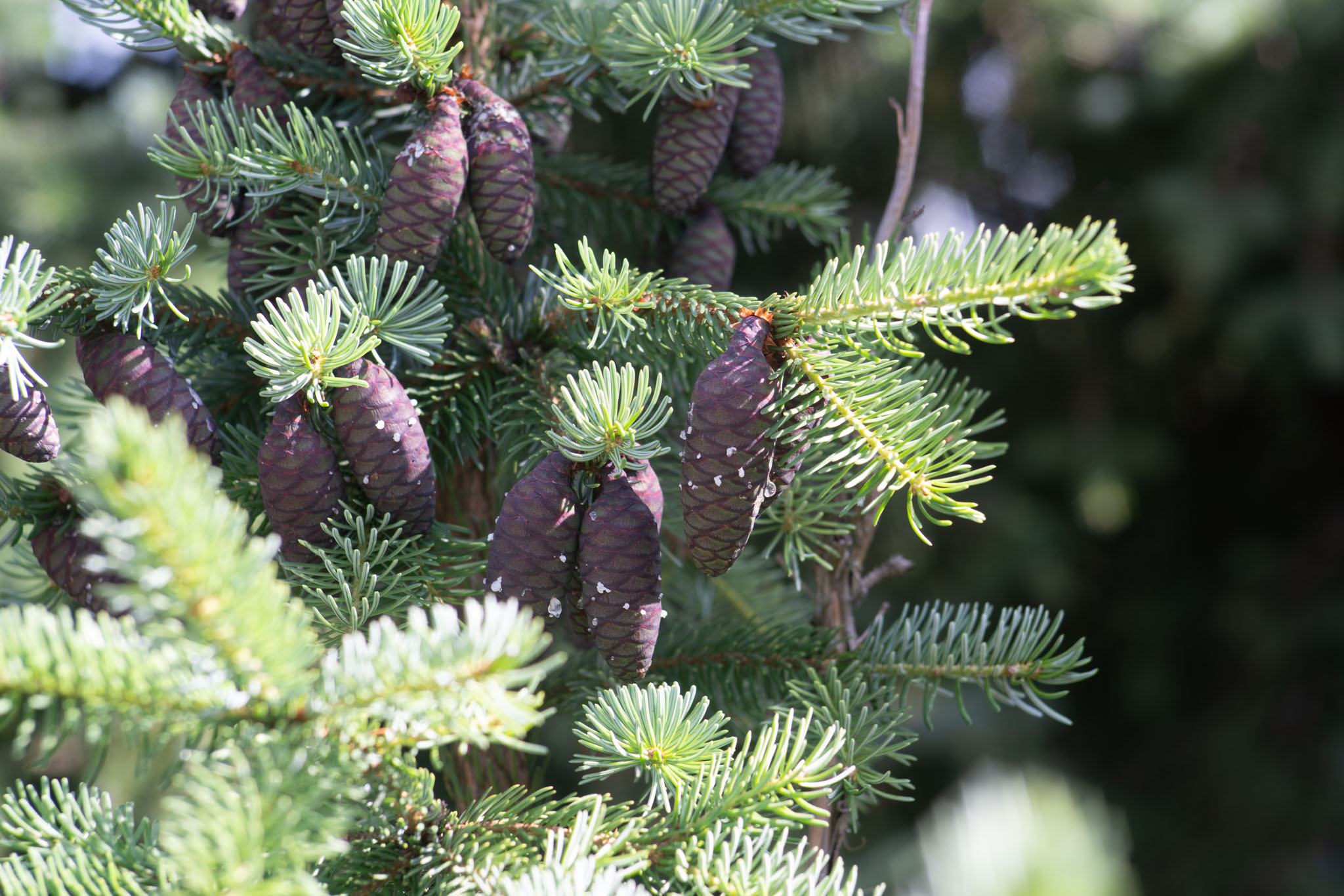
@ f/5.6, 1/60 s
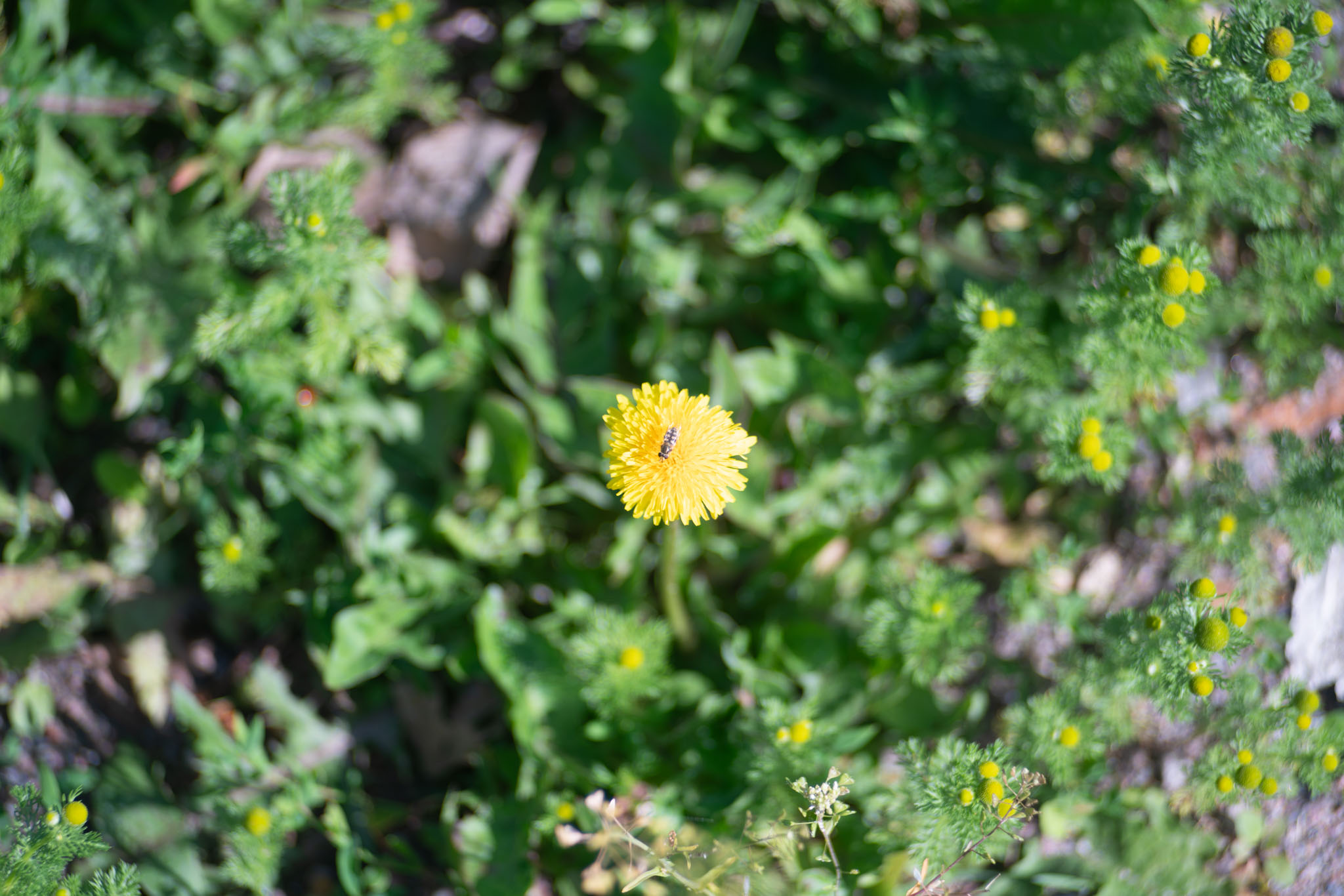
@ f/2.8, 1/800 s
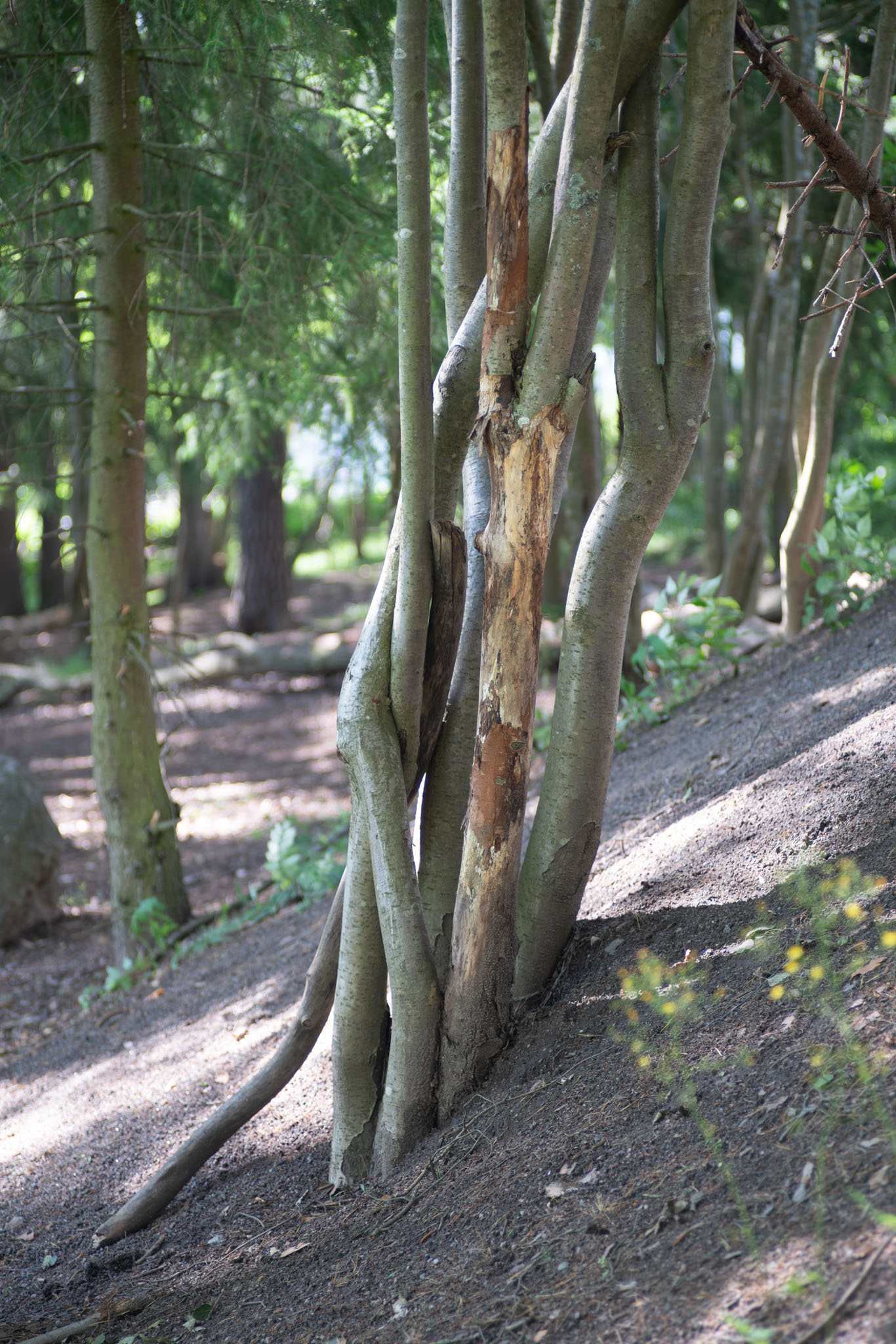
@ f/2.8, 1/40 s

@ f/4, 1/500 s
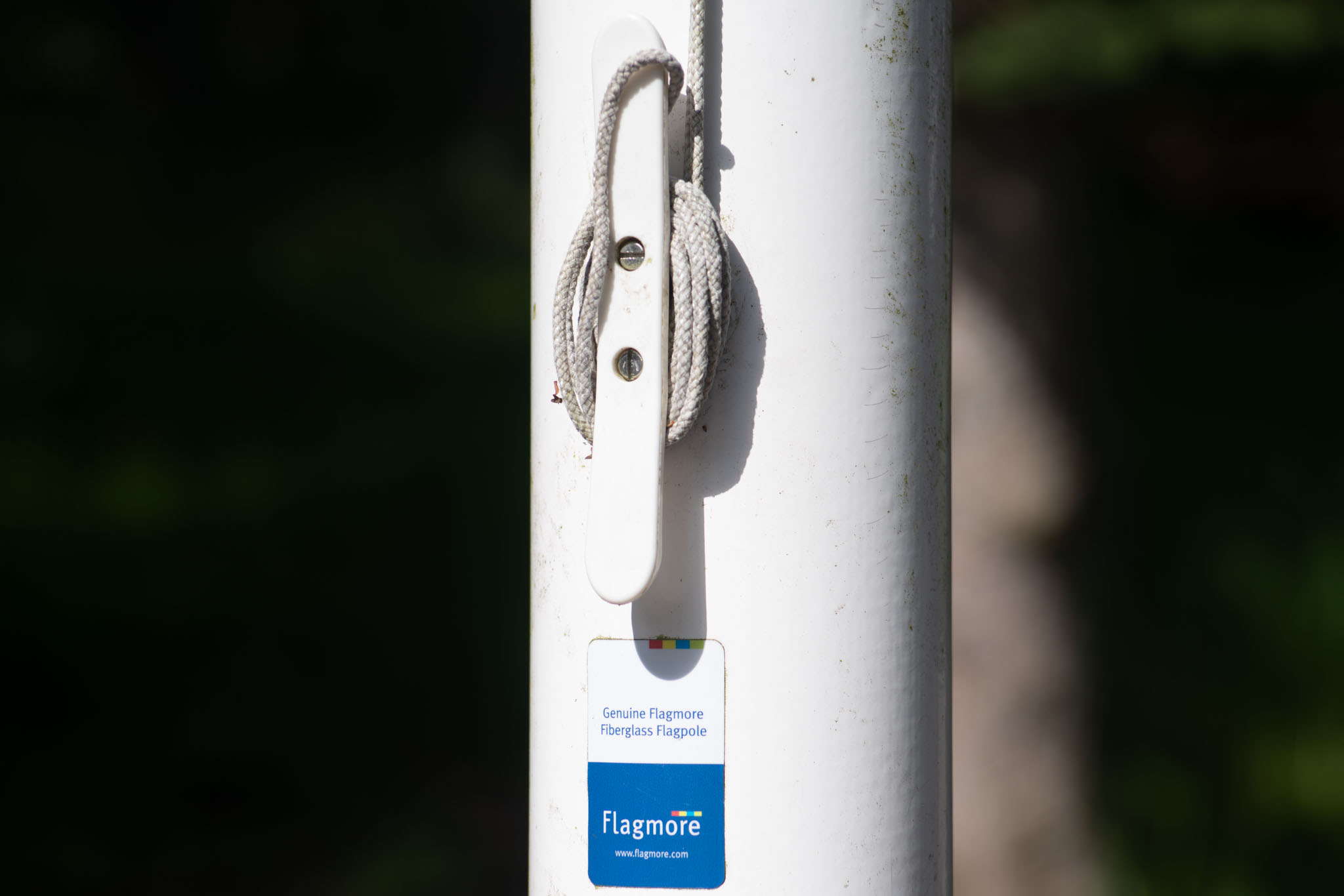
@ f/5.6, 1/1250 s
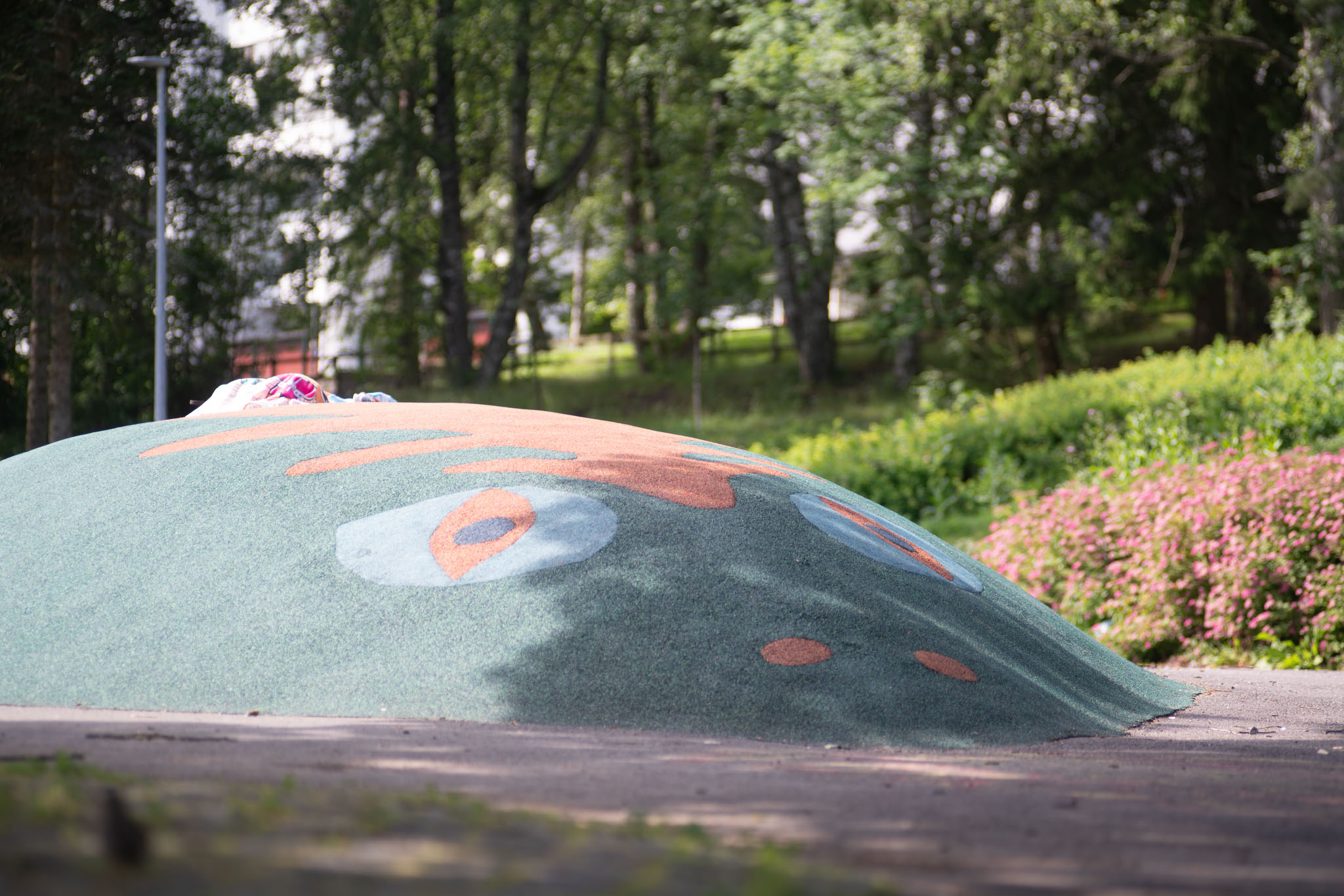
@ f/2.8, 1/400 s

@ f/2.8, 1/800 s
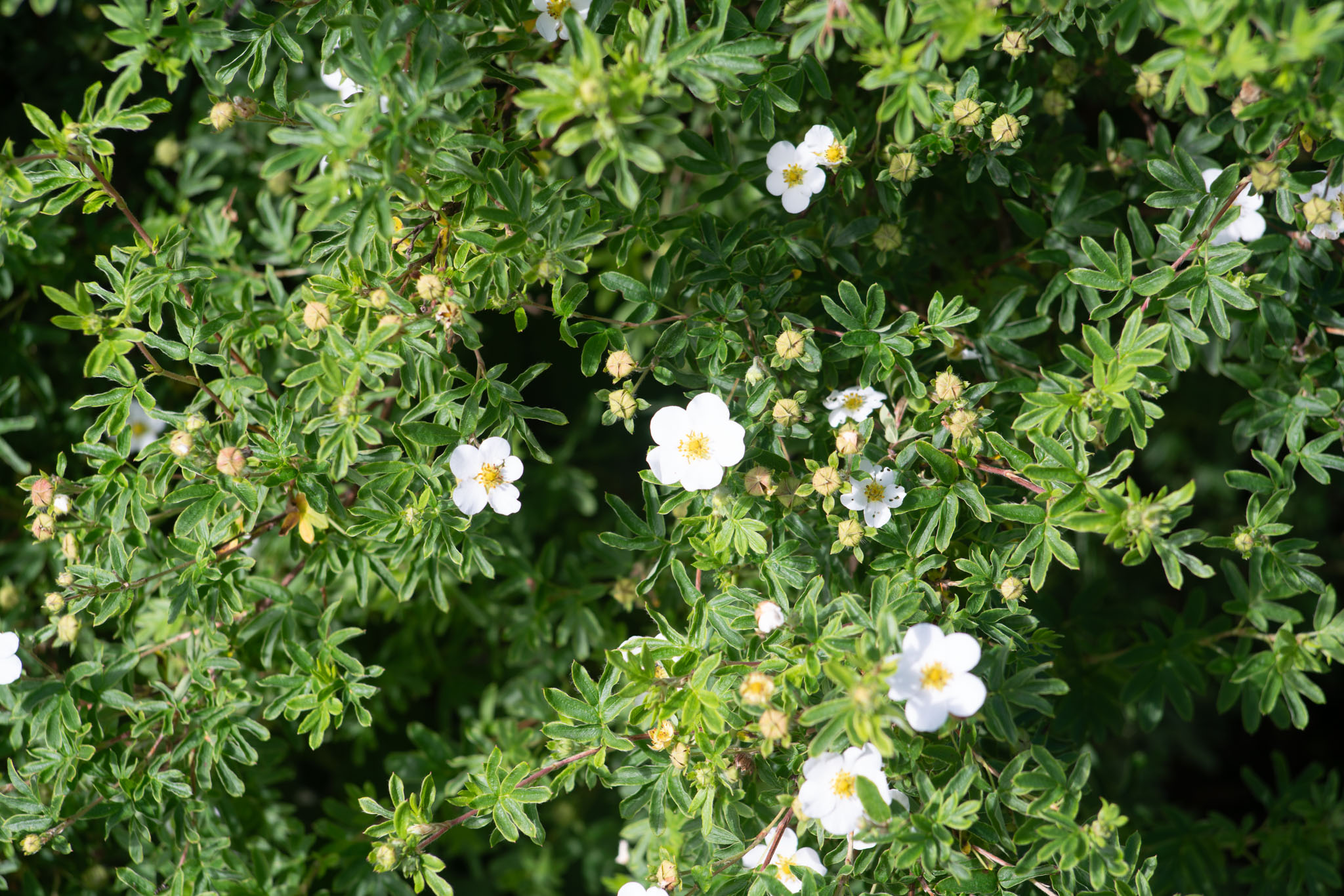
@ f/5.6, 1/200 s

@ f/4, 1/500 s
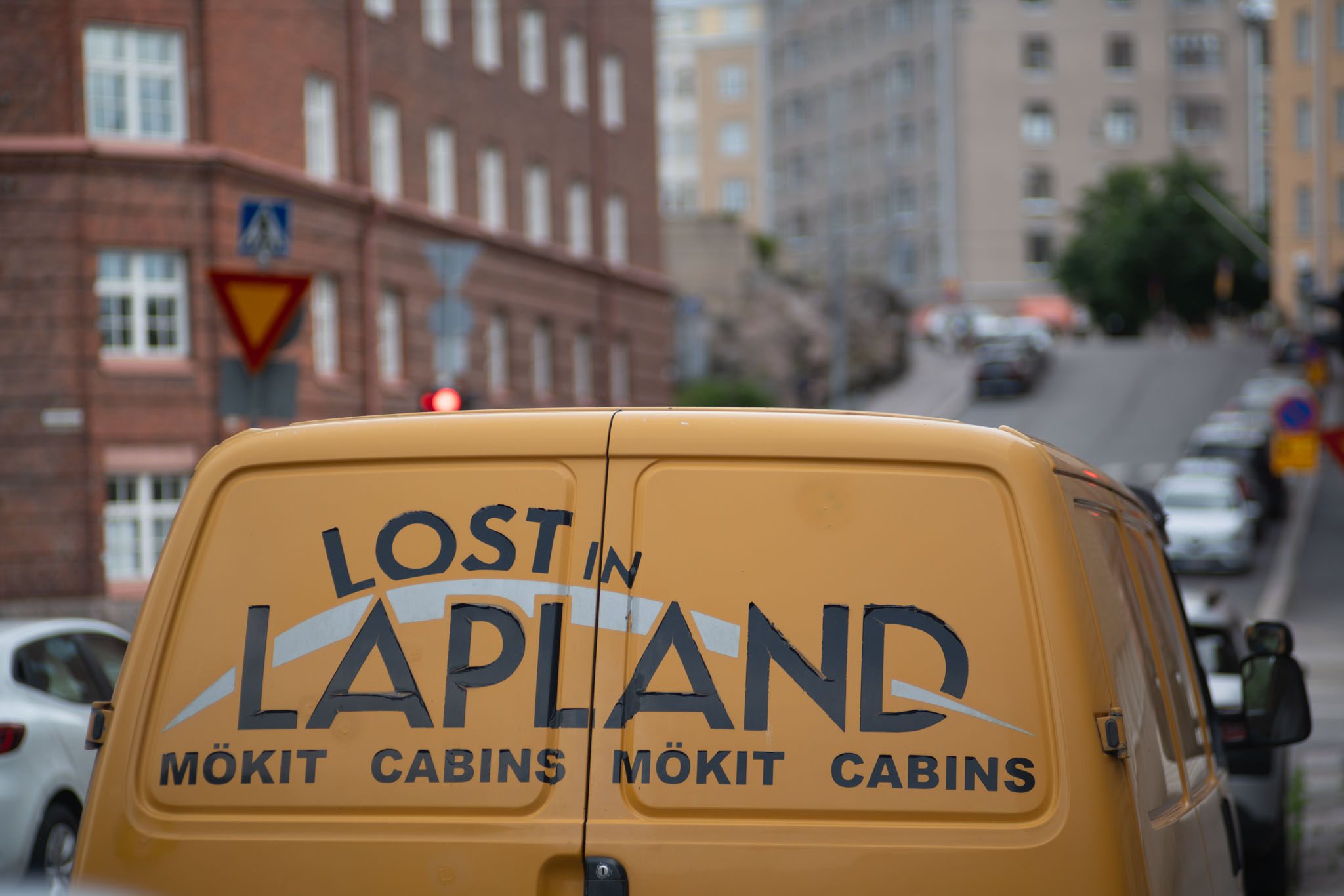
@ f/2.8, 1/800 s
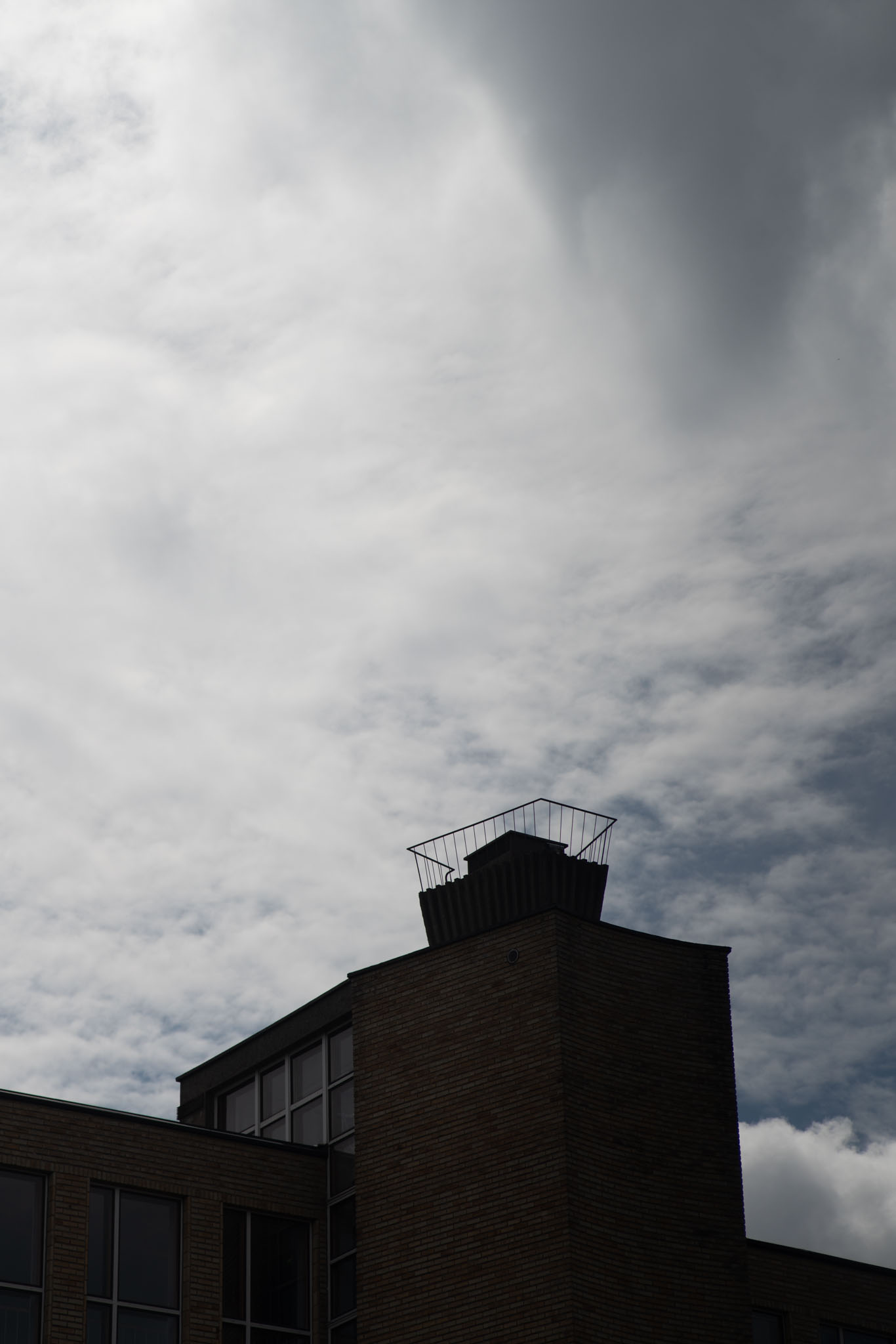
@ f/4, 1/6400 s

@ f/2.8, 1/800 s
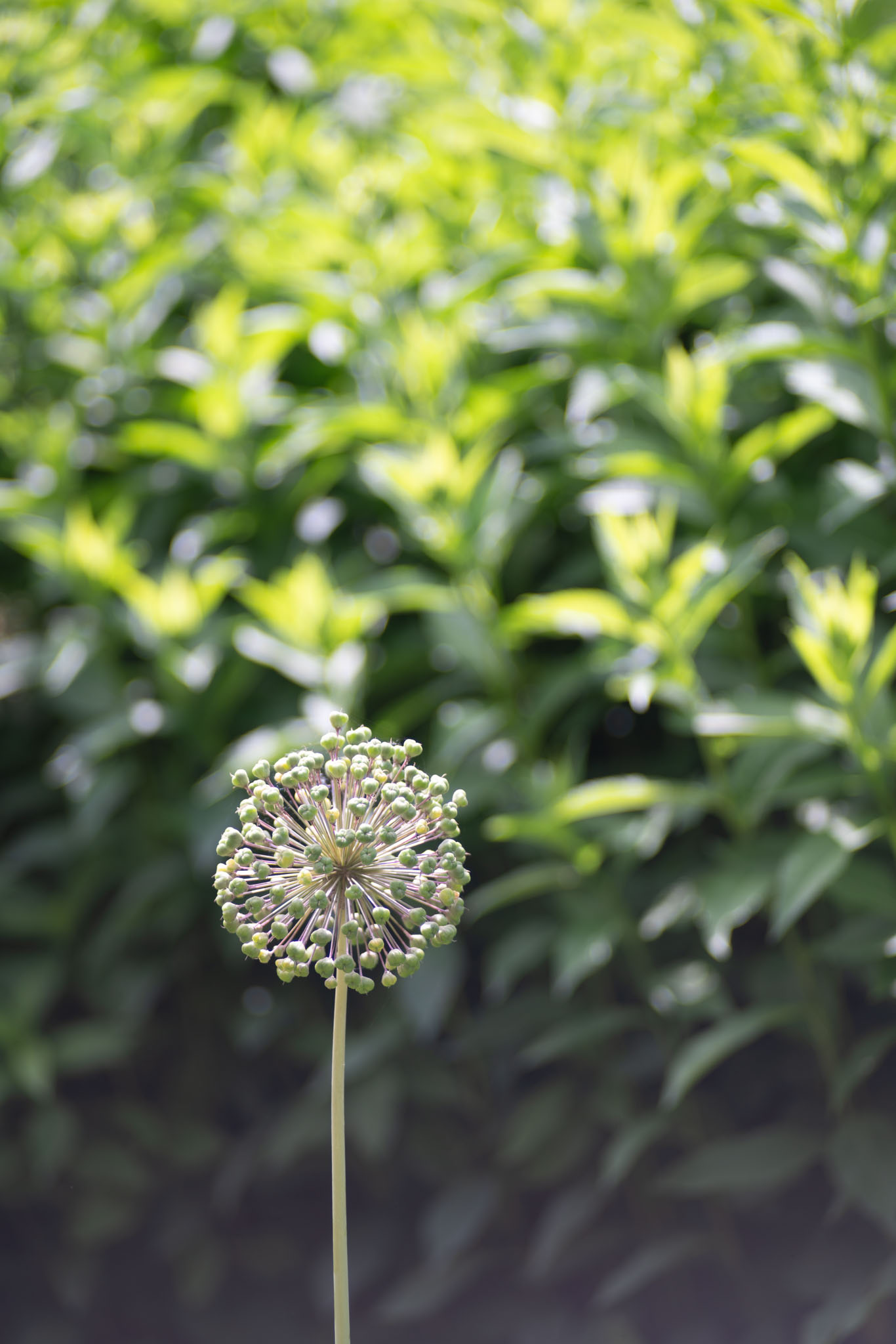
@ f/2.8, 1/400 s
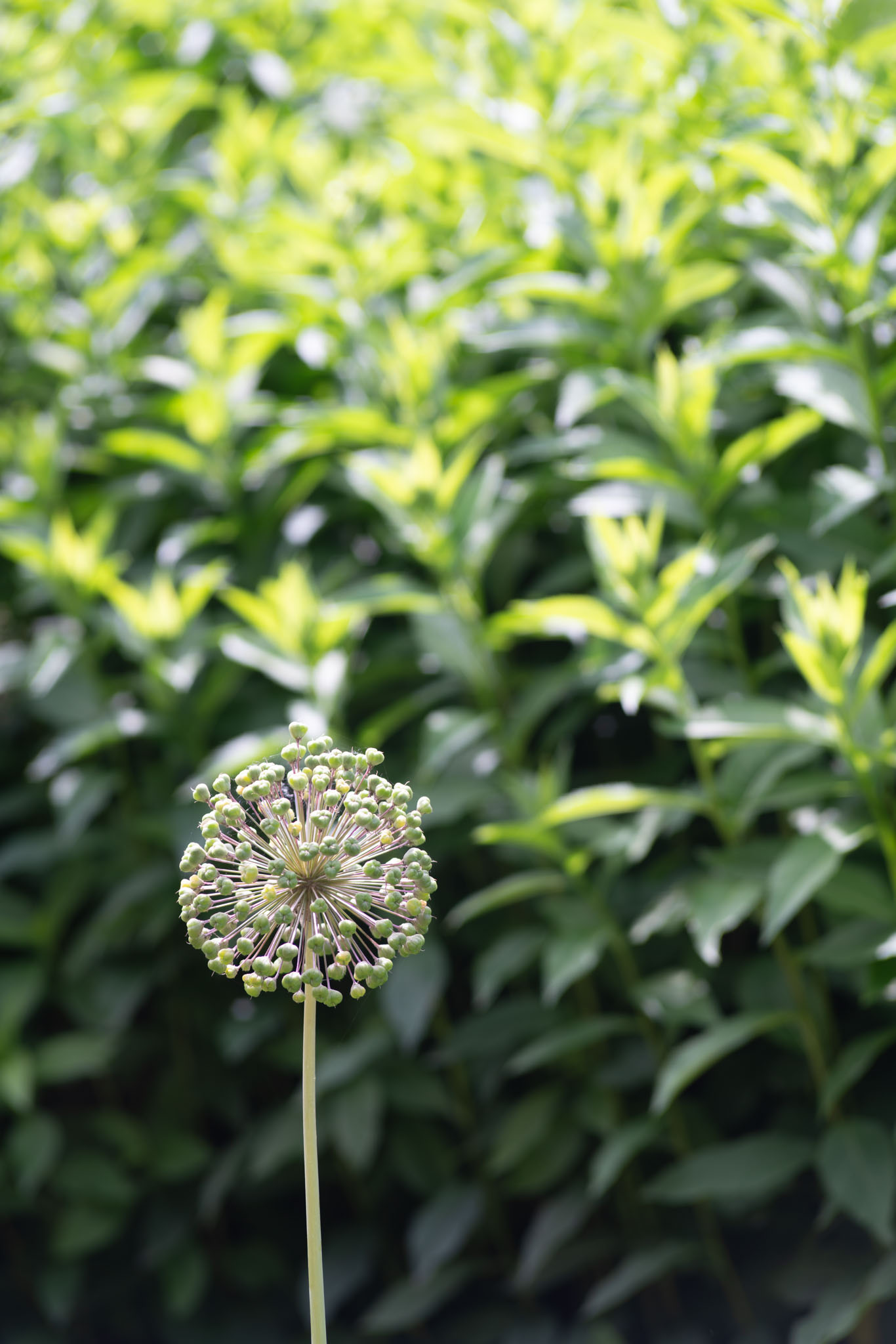
@ f/4, 1/200 s
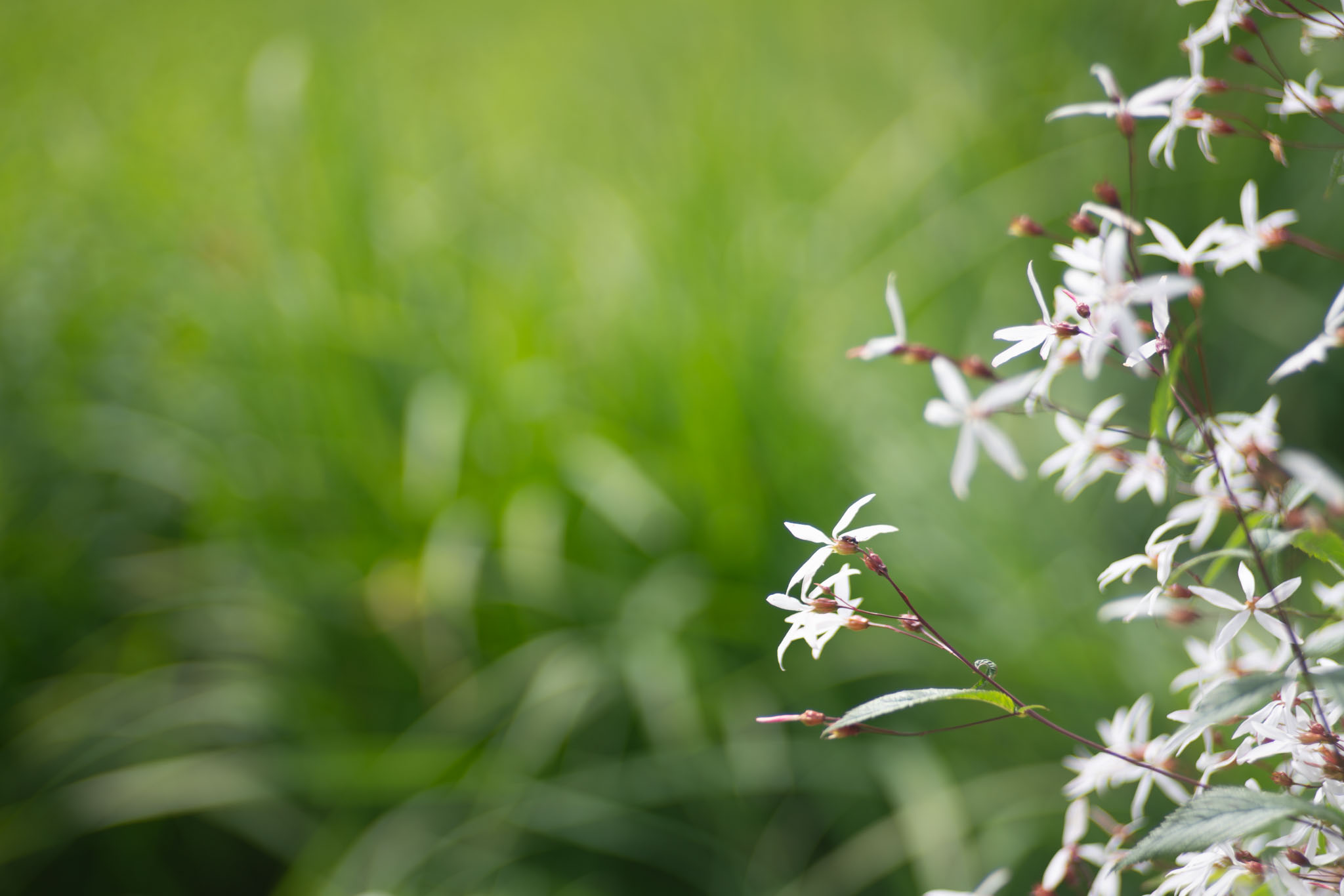
@ f/2.8, 1/800 s

@ f/2.8, 1/500 s
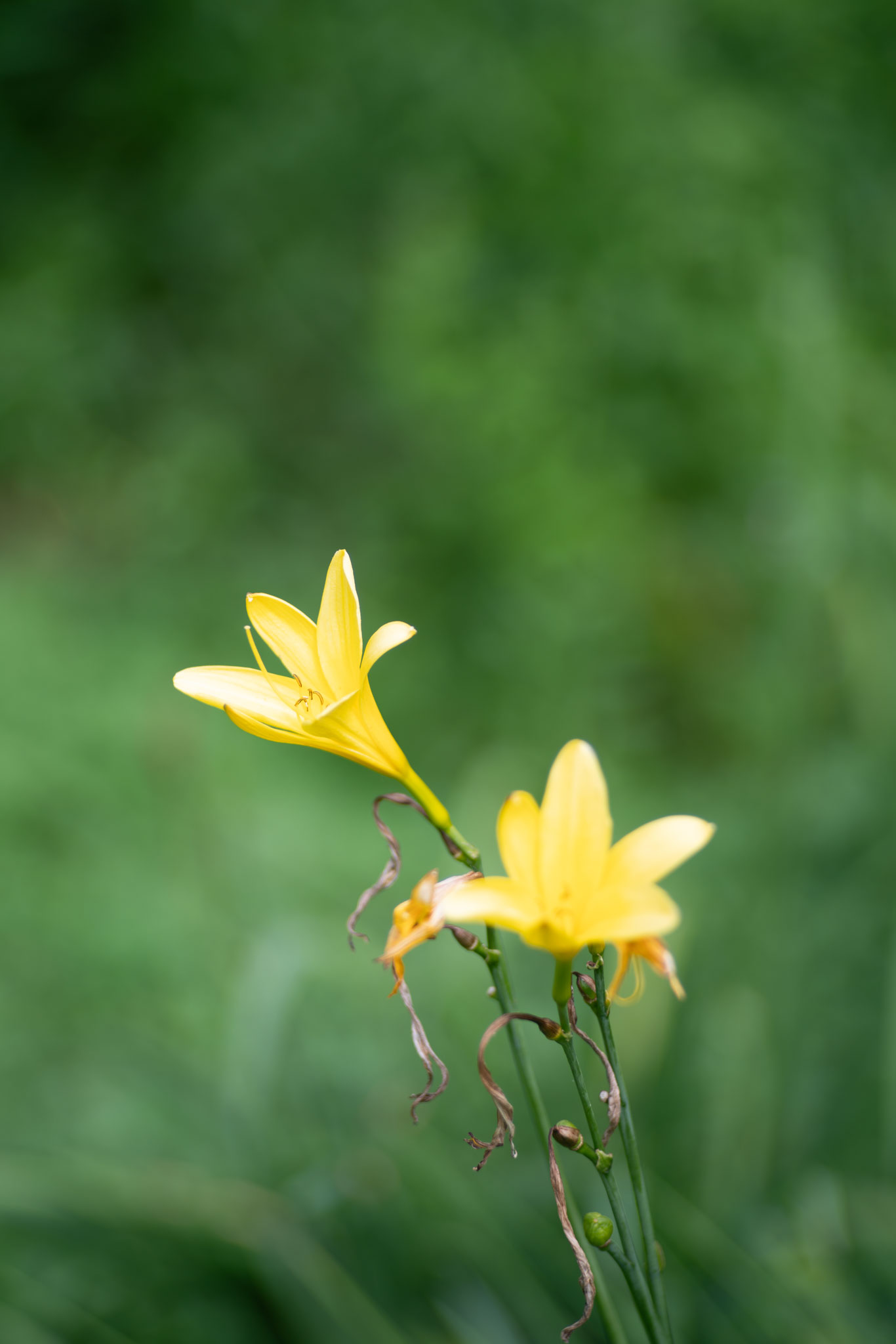
@ f/2.8, 1/640 s

@ f/4, 1/640 s
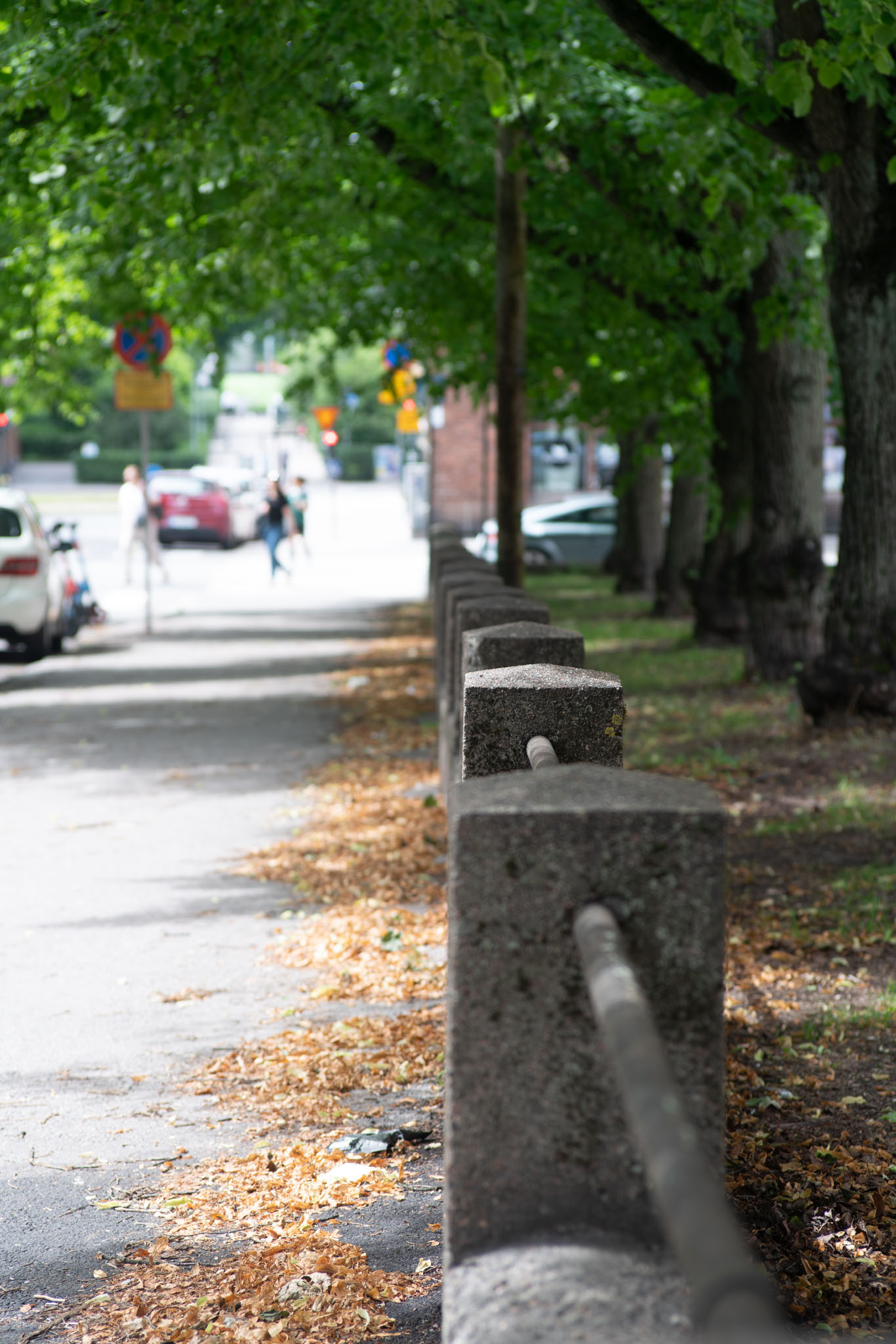
@ f/4, 1/125 s
- On an ‘electric’ Pentacon M42 camera you can use open aperture metering if you have an ‘electric’ lens, whereas with an ‘auto’ lens you are limited to stop-down metering… ↩︎
- There are M42 adapters that have this flange, and there are those that do not. ↩︎
- Admittedly, this can be due to sample variation. ↩︎
- No changes to exposure or colours, no sharpening, no denoising, no defringing. License plates and identifying marks retouched when necessary. ↩︎
